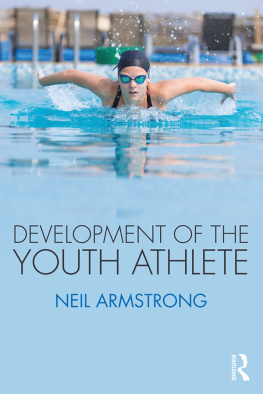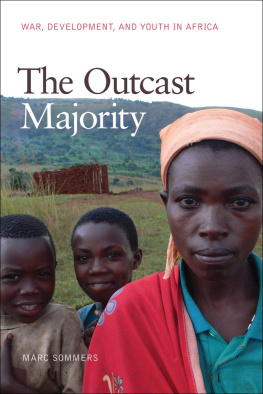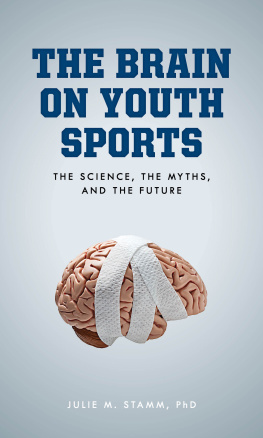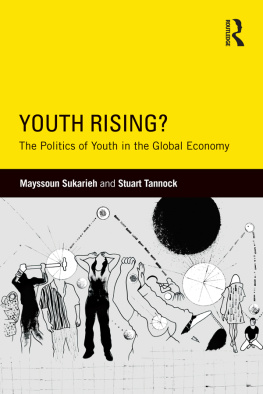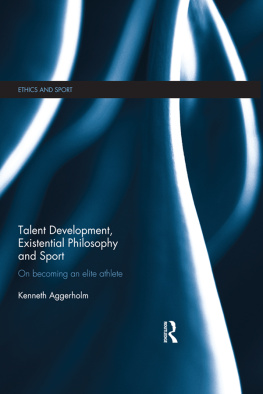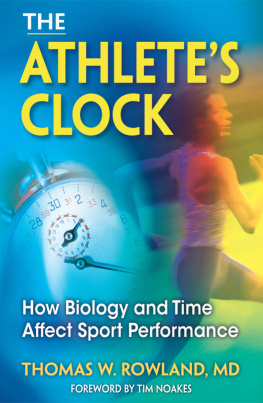First published 2019
by Routledge
2 Park Square, Milton Park, Abingdon, Oxon OX14 4RN
and by Routledge
711 Third Avenue, New York, NY 10017
Routledge is an imprint of the Taylor & Francis Group, an informa business
2019 Neil Armstrong
The right of Neil Armstrong to be identified as author of this work has been asserted by him in accordance with sections 77 and 78 of the Copyright, Designs and Patents Act 1988.
All rights reserved. No part of this book may be reprinted or reproduced or utilised in any form or by any electronic, mechanical, or other means, now known or hereafter invented, including photocopying and recording, or in any information storage or retrieval system, without permission in writing from the publishers.
Trademark notice: Product or corporate names may be trademarks or registered trademarks, and are used only for identification and explanation without intent to infringe.
British Library Cataloguing-in-Publication Data
A catalogue record for this book is available from the British Library
Library of Congress Cataloging-in-Publication Data
A catalog record for this book has been requested
ISBN: 978-1-138-21140-7 (hbk)
ISBN: 978-1-138-21141-4 (pbk)
ISBN: 978-1-315-45305-7 (ebk)
Typeset in Bembo
by Apex CoVantage, LLC
Contents
Guide
7
High-intensity exercise
Being able to produce on demand a single maximal intensity effort is a basic requirement of competitive sport, and the ability to repeatedly produce short-duration, high-intensity bouts of exercise without a significant decrement in performance is a pre-requisite of success in many youth sports. This chapter examines maximal and high-intensity exercise in youth and explores the mechanisms underpinning their development and trainability. Performance of and recovery from repeated bouts of high-intensity exercise (e.g. repeated sprint sequences; RSS) by youth and young adults are compared and contrasted. The chapter concludes with a discussion of high-intensity interval training (HIIT) in relation to youth sport performance.
Considerable individual variation exists in the ability to perform maximal and high-intensity exercise. Data are sparse and confounded by assessment and interpretation challenges. The relative influence of genetic and environmental factors remains to be firmly established but the heritability of the so-called anaerobic performance trait has been estimated to range from 44 to 92%. Critical reviews of the literature are generally conservative and consistently conclude that the heritability of what is often referred to as anaerobic performance or anaerobic fitness is higher than 50%.
Maximal intensity exercise defines the highest intensity of exercise which an individual can achieve (i.e. with an all-out effort) and sustain for a short period of time. It is important to distinguish between true maximal intensity exercise (usually expressed in a laboratory setting as CPP) and VO2 max which is often referred to as maximal aerobic power. In youth, the CPP during a progressive cycle ergometer exercise test to VO2 max represents only 2533% of the CPP typically achieved in a WAnT. It is commonplace in sport science to refer to exercise above the intensity at the point of VO2 max as supramaximal despite it actually being submaximal in some cases. The term supramaximal is generally understood by paediatric sport scientists but it is misleading as supramaximal exercise cannot be lower than true maximal intensity exercise.
Both ethical and technological constraints restrict direct measurement of the rate of ATP production during maximal intensity exercise in youth. Knowledge of maximal intensity exercise during growth and maturation is therefore largely based on analyses of performance outcomes. Numerous performance tests to assess maximal intensity exercise have been developed but laboratory-based research has primarily focused on tests which assess external power output during exercise on a cycle ergometer. Cycling PP is reached within a few seconds of exercise onset and is normally recorded in W over a 1 s (or in early tests a 3 s or 5 s) period. Cycling MP is the total power output averaged over the 30 s test period and recorded in W.
The WAnT provides a robust method of determining CPP in youth but comparisons across studies must be interpreted cautiously. Several laboratories have modified the WAnT protocol to include, for example, a uniform warm-up,
Optimal performance on the WAnT is dependent on the selection of an appropriate braking force which is conventionally set in relation to body mass with a value of 0.74 Nkg1. However, as the WAnT progresses fatigue causes a reduction in the pedalling rate, thus affecting the power-to-velocity ratio and consequently a fall in power output in addition to that directly caused by fatigue. In other words, a single braking force will not be optimal for the determination of CPP and CMP in the same test. Even when setting an appropriate braking force solely for CPP the limitations of setting a braking force in relation to body mass are problematic in studies of youth.
To overcome the problem of the common body mass-related braking force applied in the WAnT, the Force-Velocity test (F-VT) has emerged in studies of youth as an improved variant of the WAnT. if a cycle ergometer test of peak power is sought for use in a long-term programme of physiological monitoring of youth athletes, the F-VT is the method of choice.
The 30 s all-out duration of the WAnT not only requires high levels of motivation but also ensures a significant contribution from aerobic metabolism showing that CMP is not exclusively an anaerobic variable. It has been estimated that the aerobic contribution to CMP ranges from 16 to 45% (depending on assumptions for the mechanical efficiency of cycling) in 1112 year-olds with no significant sex differences. It is clear that CMP relies on the independent development and interplay of both anaerobic and aerobic metabolism which confound its interpretation during childhood and adolescence. The influence of training on the relative contributions of the anaerobic and aerobic components of CMP in youth is yet to be elucidated and secure comparative data between youth athletes and non-athletes do not exist. The focus in this section will therefore be on the development of CPP with relevant aspects of CMP discussed further in the section on intermittent high-intensity exercise.
Data from the WAnT and F-VT have greatly enhanced understanding of the development of CPP with growth and maturation but although correlations of CPP and OPP with high-intensity sport related-performances in youth are generally statistically significant they are not high enough to predict success in specific sport performances. Correlations between external power indices from either the WAnT or F-VT and sport-related performances such as sprint running, VJ, and SLJ vary from r = 0.20.7 in both untrained 1719 and trained youth. 2022
Variants of the WAnT have been used as a foundation for monitoring the performance of youth cyclists. For example, British Cycling has developed a procedure in which maximal power output is determined using a 6 s maximal pedalling test from a standing start.
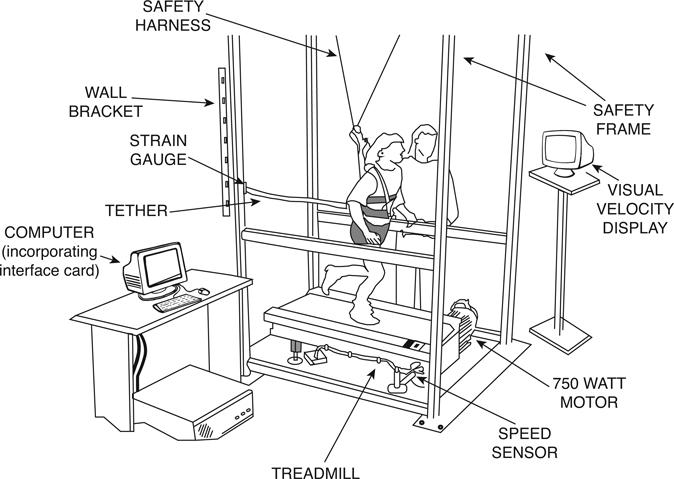
Exeter paediatric non-motorised treadmill test station
The Childrens Health and Exercise Research Centre (CHERC) non-motorised treadmill testing station for investigations of power output, fatigue resistance, and repeated sprint performance. The motor shown on the figure is run for 5 min to standardize the internal resistance of the NMT prior to each test. It is disengaged during testing. For full specifications of the NMT see Sutton et al.

